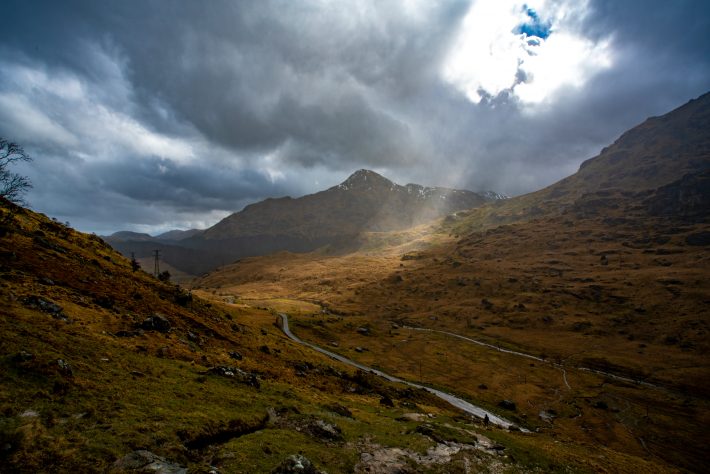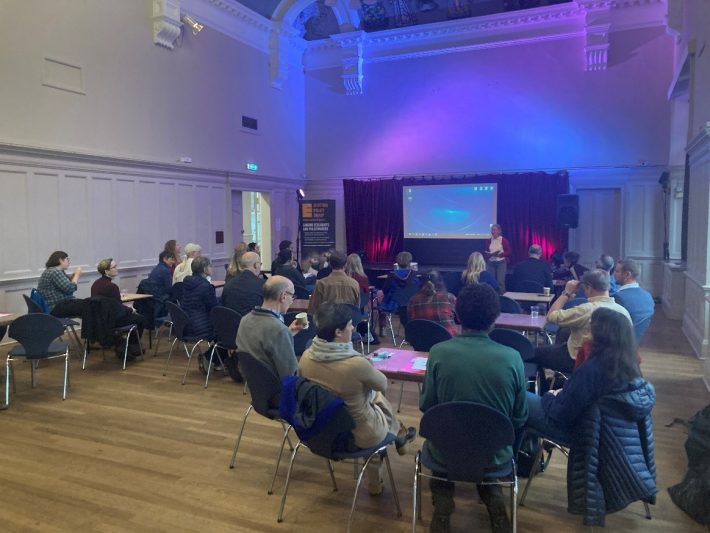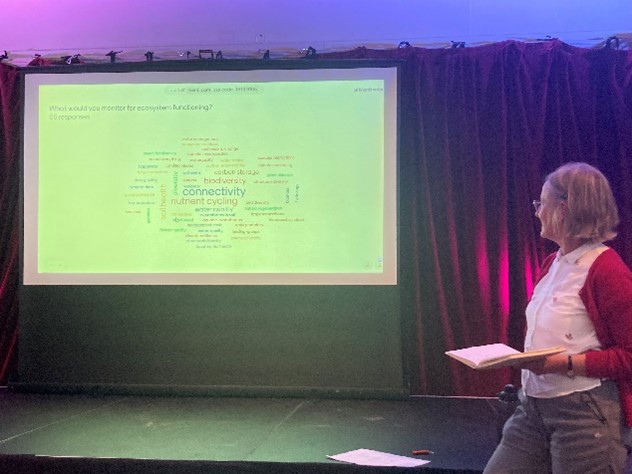Reflections on a Conservation Approaches Event in Scotland
On the 4th of October, I attended the most recent British Ecological Society – Scottish Policy Group’s (BES-SPG) Pie and a Pint (PAAP) event. The ‘sold-out’ event, was held at Summerhall in Edinburgh, attracting a range of individuals interested in the topic of ‘Prioritising the Scale of Conservation Approaches in Scotland’. The event included three informative talks on two ‘scaled’ approaches to conservation, discussions of key questions, and of course pies!

The two ‘scaled’ approaches discussed were feature-based and ecosystem functioning conservation. Feature-based conservation focuses on monitoring and protecting specific species or features of an ecosystem. Ecosystem functioning conservation takes a broader view and aims to protect overall ecosystem health and resilience. A key point in this discussion was to consider how we can prioritise conservation approaches while acknowledging that there is limited funding – a difficult challenge indeed!
The first presentation discussed the benefits of a species-based approach, explaining how closely monitoring key species can help conservation efforts. The example used was the capercaillie, which has been showing signs of recovery over the recent years which they associated with the interventions they have put in place. While promising, the presenter acknowledged that in the long-term, they want the ecosystem to regain its ability to balance itself without interventions. However, there may be a long course ahead before this happens.

Due to a last-minute speaker not being able to attend, the BES Scottish Policy Group put together an interesting and interactive presentation using Mentimeter for the second talk. The goal was to get the room to think and discuss the pros and cons of each of the approaches and ways to monitor these different approaches (see photos). There was a variety of benefits and challenges raised about both approaches, but some questioned whether one approach would be enough. One challenge of a feature-based approach is climate change. Concerns were raised regarding funding which supports a specific species, for example, what happens if that species range shifts from the area of funding, and would funders see the shift as a failure of the programme or a consequence of climate change? In contrast, an ecosystem approach may more easily reflect range shifts, as it targets whole communities rather than individual species.

The final talk reflected on how conservation concepts and language have evolved over time, noting that while new ideas emerge, we sometimes end up rediscovering old approaches with new terminology. The speaker argues that there is no “silver bullet” to conservation, conservation work will always be challenging and requires adapting approaches. The fact that concepts are changing just means that conservation work is challenging, and that we are constantly trying to find solutions.
During the lively Q&A and breakout group discussions, it became clear that rather than being a dichotomy, both feature-based and ecosystem functioning approaches contribute important perspectives. My group focused primarily on the benefits of an ecosystem’s approach. Nevertheless, they also felt that some species need targeted monitoring to ensure their survival. A key element to this discussion was also the affordability of these approaches. My group deliberated whether there are ways to monitor the different approaches effectively. A primary concern was the limited amount of funding to support such important work, for example, we do not always know how important some monitoring projects may become in the future.
We ended the night with some delicious pies from Social Bite, a charity with the mission of ending homelessness. As always, I left the ‘Pie and a Pint’ policy debate feeling inspired and hopeful. Despite the complexity of conservation approaches and the daunting challenges ahead with climate change, it was uplifting to be surrounded by passionate, dedicated people working tirelessly to drive positive change in Scotland.
The summary of the discussion will be out in the next few weeks so please keep an eye on our twitter account for updates!
Like what we stand for?
Support our mission and help develop the next generation of ecologists by donating to the British Ecological Society.